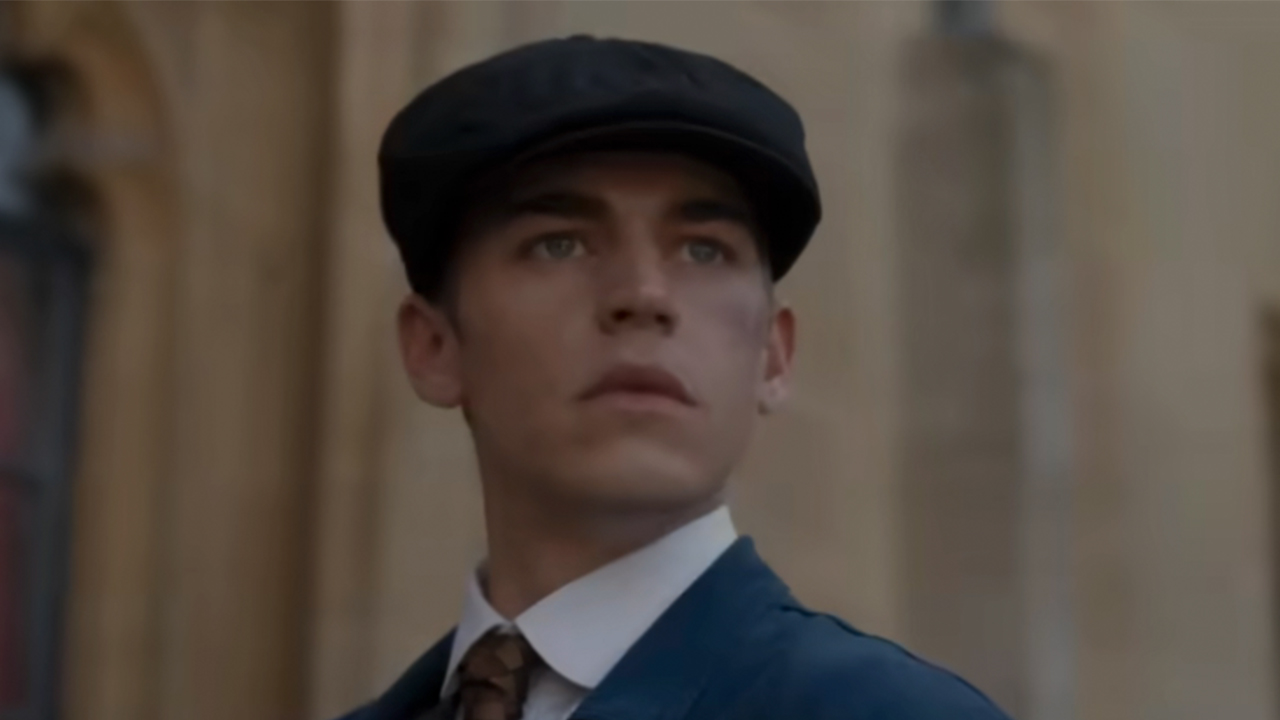Adapting Stephen King's The Langoliers: Radical Time Travel Meets Radically Bad CGI In The 1995 Miniseries
Time travel, Stephen King-style.
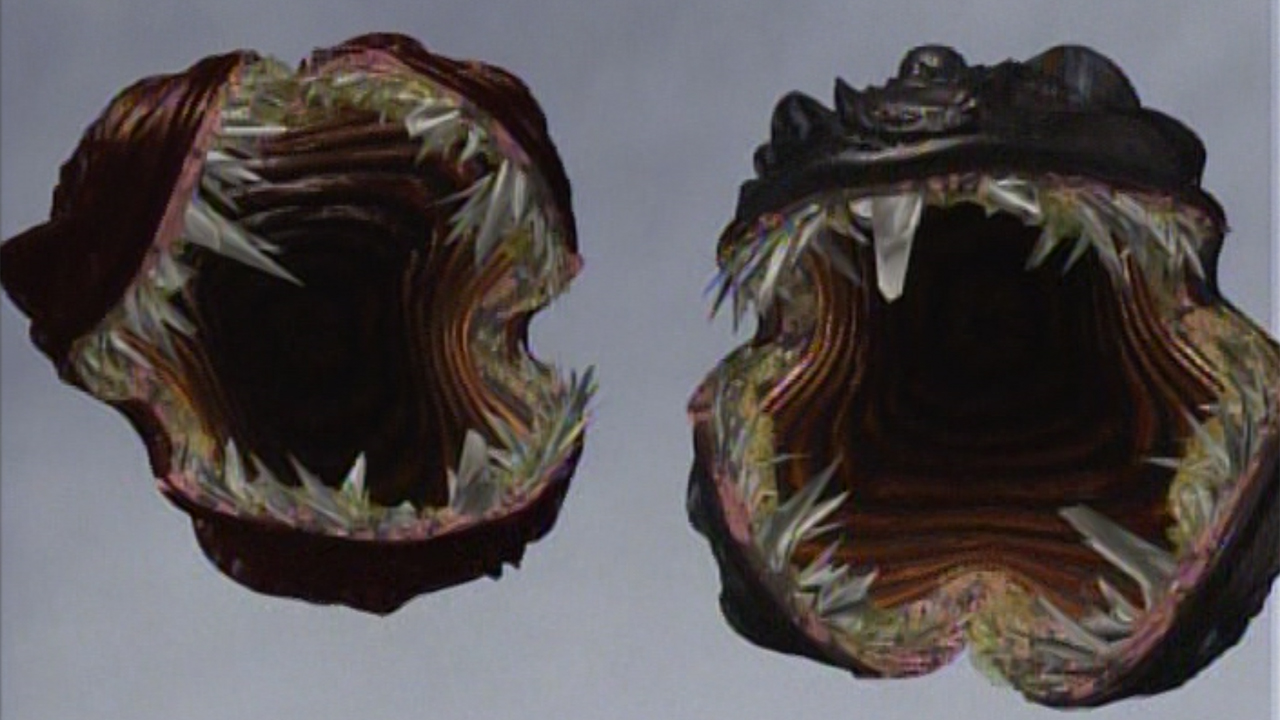
In the legacy of Stephen King adaptations, eras can be marked by the author’s relationships with key filmmakers. Some of these key collaborators have included George A. Romero, Dino De Laurentiis, Rob Reiner, and Frank Darabont, but also not to be overlooked are Richard P. Rubinstein (who co-founded Laurel Entertainment with Romero in the mid-1970s) and Mitchell Galin. Rubinstein and Galin produced a number of King projects through the 1980s and 1990s, bringing them to screens both big and small, and in the span of seven years (beginning in 1987) they helped bring to life Creepshow 2, Pet Sematary, the Stand miniseries, and 1991’s Golden Years (which was a show created specifically for television, hence why it doesn’t have its own entry in this column).
Maintaining this successful relationship, Richard Rubinstein made plans in the early 1990s to develop a big screen adaptation of Thinner – what was at the time thought to be the last book published by Stephen King under the pseudonym Richard Bachman. But, as is common in Hollywood, the project hit some speedbumps behind the scenes, and it was placed on the fabled backburner as a result. Fortunately, that didn’t serve to bring Rubinstein’s relationship with King to a standstill. The filmmaker had also purchased the rights to the novella “The Langoliers,” first published in the 1990 collection Four Past Midnight, and network executives at ABC were ravenous for another event miniseries following the blockbuster success of The Stand.
Director Tom Holland, who had been working with Richard Rubinstein in the development of Thinner and had a small cameo role in The Stand, was in perfect positioning to take the helm of the small screen endeavor, and The Langoliers was made as the first Stephen King-related production to be shot entirely in King’s figurative backyard (with filming taking place at the tiny Bangor International Airport). Holland wrote the teleplay himself, cast an ensemble full of recognizable TV actors – including David Morse, Dean Stockwell, Patricia Wittig, Mark Lindsay Chapman, and Bronson Pinchot – and the completed miniseries aired on two consecutive nights in mid-May 1995.
The Langoliers was ultimately successful enough to get Thinner off the backburner and into production (a development I’ll dig into more next week), but it’s a project with a mixed long-term reputation thanks to it being a clever and compelling sci-fi mystery a la The Twilight Zone and The Outer Limits, and it's brought to life with what feels like extreme efficiency and some truly awful visual effects. To borrow parlance, it’s a turbulent ride, so fasten your seatbelts for this week’s Adapting Stephen King.
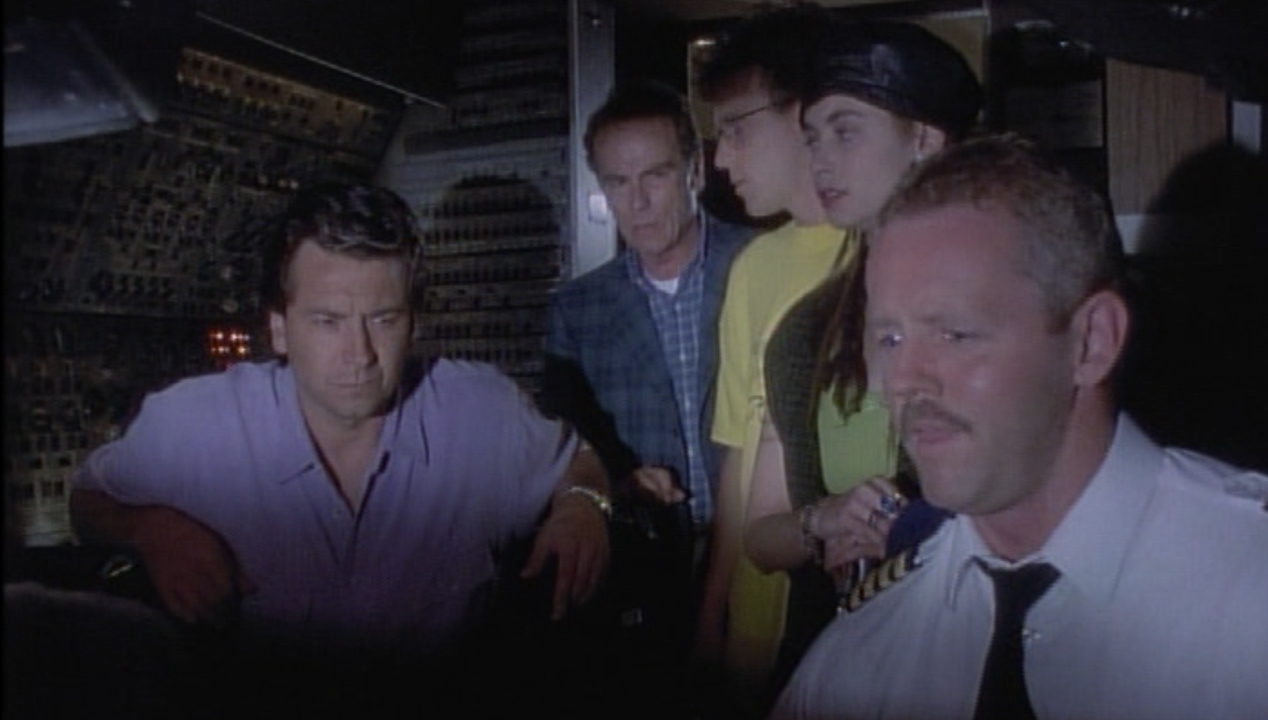
What “The Langoliers” Is About
What is Stephen King afraid of? What terrifies a man who can so effectively terrify the world? Some might guess that the answer is nothing, given his gift for making horror into art; some might guess the answer is everything, thus inspiring his prolific storytelling. As it turns out, what the author puts at the top of his fear list is a rather common phobia: he’s not a fan of flying.
Interviewed for a piece in the New York Times Travel section in 2017, he opened up about the core of his aversion to traveling through the friendly skies, and if you know anybody who is similarly afflicted with aviophobia, the philosophy will sound familiar:
The difference is if your car breaks down, you pull over into the breakdown lane. If you’re at 40,000 feet and your plane has trouble, you die. I feel more in control when I’m driving than when I’m flying. You hope that the pilot won’t have a brain embolism and die at the controls.
Given the subject matter of “The Langoliers,” which is about a plane ride that goes about as badly as a plane ride can go without a crash, it should be of little surprise that the story has a root in this fear.
Your Daily Blend of Entertainment News
More specifically, however, “The Langoliers” stems from a visceral and terrifying image that randomly popped in Stephen King’s mind. As he describes in his note that precedes the novella in Four Past Midnight, it was an image that he kept in a kind of mental storage compartment, and while a number of ideas that are sent there eventually wither away and die, it was a special one that only intensified over time. It was the thought of a crack forming in the hull of a commercial jetliner, and a woman pressing her hand against it.
One night, as Stephen King was about to fall asleep, it occurred to him that the mysterious figure in the image was a ghost – and that understanding proved to be the spark to light the powder keg. The woman ostensibly became Anne Quinlan Engle, the ex-wife of pilot Brian Engle in “The Langoliers,” and the scenario itself became a nightmare experienced by Brian in the story shortly after learning of Anne’s death.
It’s getting the news about Anne that puts Brian Engle on a red-eye from Los Angeles to Boston, traveling as a passenger. He falls asleep and has his horrible dream shortly after takeoff… but it’s when he is awoken mid-flight by the sound of a young girl’s screaming that things really get scary.
The girl is Dinah Bellman, who is blind and traveling to Boston to get surgery on her eyes, and Brian is shocked to discover that she is one of only 11 people (including himself) who remain aboard the plane. This group includes mystery writer Bob Jenkins, music student Albert Kaussner, engineer Don Gaffney, teacher Laurel Stevenson, rebel teen Bethany Simms, businessman Rudy Warwick, the mysterious Nick Hopewell, irritable banker Craig Toomey, and a mystery guy who just continues to sleep in his chair.
The mystery only deepens as the airborne collective discovers that the strange phenomena is not only happening aboard the plane, but everywhere else as well: all radio communication is silent, the air traffic is gone, and cities are totally dark. Taking control of the aircraft and making the safety-first decision to fly to Bangor instead of the normally densely populated Logan Airport in Boston, Brian Engle is able to get the “survivors” to the ground, but that solves only one of their issues, as they still need to take in all presented evidence and figure out just what the hell is going on.
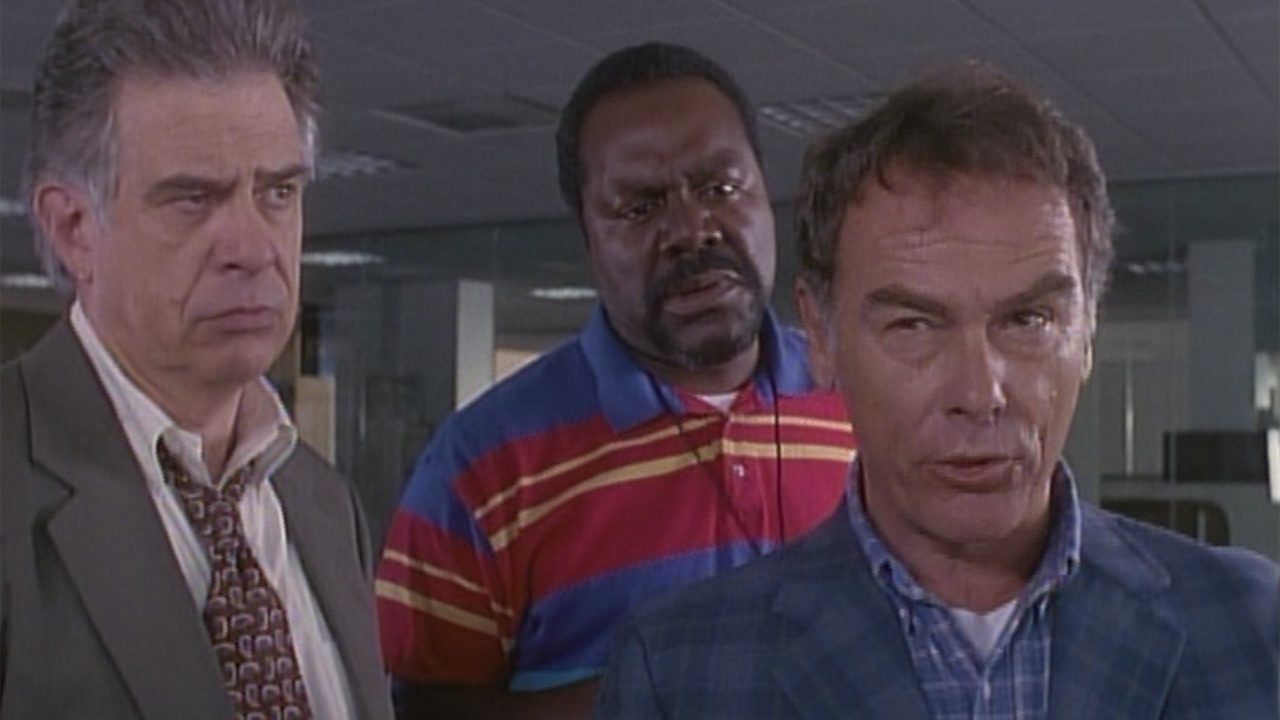
How Tom Holland’s The Langoliers Differs From The Novella
Miniseries versions of Stephen King’s books became a big thing in the 1990s, with the expanded real estate offered by the medium allowing adaptations of substantial tomes like IT, The Tommyknockers, and The Stand to have breathing room that wasn’t afforded by the feature-length film route. Tom Holland’s The Langoliers is a different case than those, however. Being a novella published along with three other stories in Four Past Midnight, the source material isn’t particularly massive in its scope, and with some reasonable trims one can imagine it easily fitting in a two-hour-plus runtime.
But those trims weren’t necessary in the making of the 1994 adaptation. Because the miniseries runs a total of three hours (without commercials), Tom Holland had the ability to make a two-part miniseries that is practically verbatim what Stephen King originally imagined and put down on the page. Comparing the two, the characters are identical in all of the ways that really matter, and all of the key scenes and plot details are included in Tom Holland’s teleplay. Really only two deviations stand out.
Funny enough, one of the noticeable cuts is the haunting nightmare experienced by Brian Engle (David Morse) while dozing on the flight to Boston. Surely Tom Holland must have known about the significance of the sequence in the origins of “The Langoliers,” via either the note in Four Past Midnight or from just speaking with Stephen King about the project (given the proximity of the production to his home, the author was able to spend a fair amount of time on set). But the filmmaker evidently didn’t feel it was ultimately necessary in the final cut of the piece, as it was left out of the show.
The only other noteworthy alteration is the presence of the unnamed eleventh passenger, who is cut out of the miniseries entirely – though the question as to why doesn’t precisely register on the difficulty level of the Millennium Prize Problems. The reason the character doesn’t have a name in Stephen King’s “The Langoliers” is because the guy is unconscious for just about the entire duration of the story, with all of the other protagonists never feeling the overwhelming need to wake him up.
The only real significance that comes from his presence in the novella emerges towards the end when his slumbering reminds Bob Jenkins (Dean Stockwell) that the principal characters were asleep when all of the other passengers aboard their flight disappeared. For the adaptation, Tom Holland merely has Rudy Warwick (Baxter Harris) doze off during the “return trip,” and that’s what ends up catching Bob’s attention.
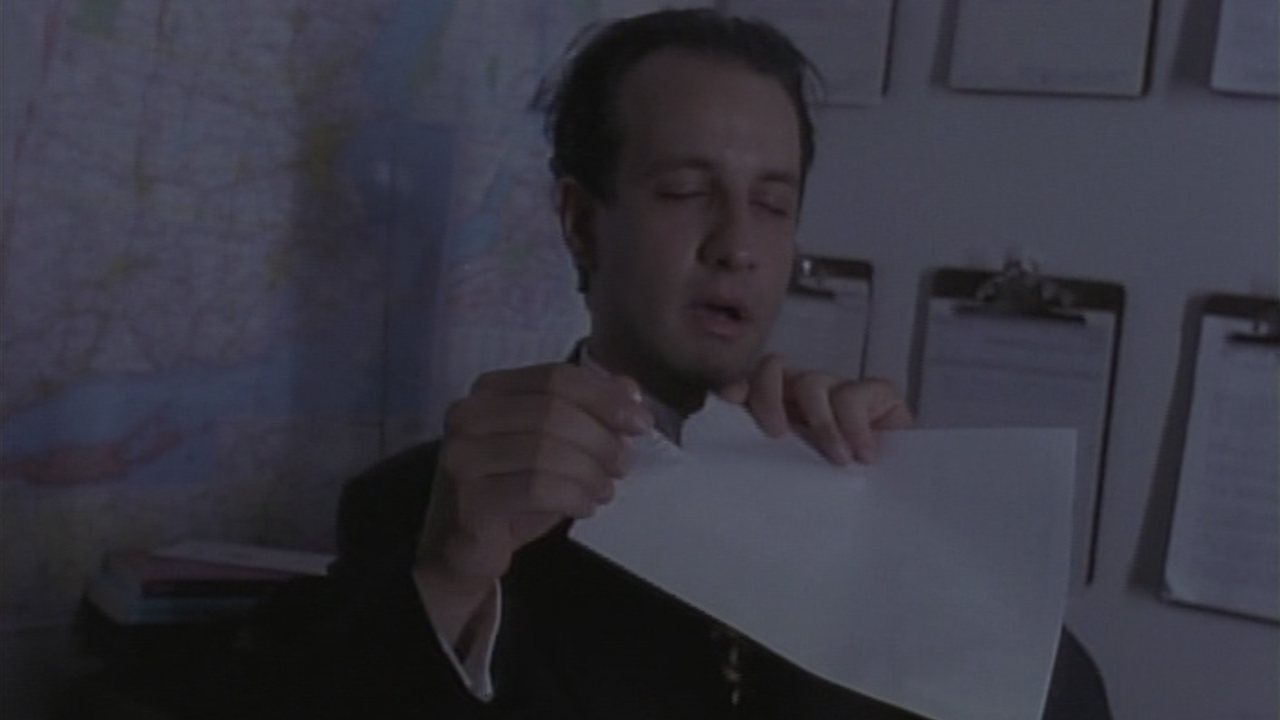
Is It Worthy Of The King?
In the realm of time travel stories, Stephen King’s most prominent work is arguably 11.22.63 – a novel published in 2011 and adapted five years later – but “The Langoliers” is a wonderful interpretation of the concept that is far more unconventional and strange. Rather than being about characters brought back to a specific time and place, albeit with specific sci-fi rules at play, the novella presents a radical notion that is both exciting and terrifying: when the past becomes the past, there is no returning to it, as it’s devoured by The Langoliers.
As written, it’s a natural fit for adaptation, as it’s a concept that is very character-centric and features a limited number of locations – all of which Tom Holland’s miniseries had available thanks to the facilities at Bangor International Airport and the outright purchase of an engineless L1011 airliner that was mounted on a hydraulic gimble inside of a hanger. The big issue back in 1995, of course, was making use of nascent visual effects to bring the titular creatures to life. Richard Rubinstein enlisted the company Image Design to create the Langoliers, and in an interview with Cinefastique the producer explained that the production “put a disproportional amount of money into the computer-generated effects for a television movie.” (via Creepshows by Stephen Jones)
That, as it turns out, wound up not being the project’s best investment.
To be blunt, The Langoliers is a Stephen King adaptation that will forever have its reputation dinged by its truly terrible CGI bringing to life the eponymous temporal boogeymen, which make the spider at the end of 1990’s IT look spectacular by comparison. It’s hard to even excuse the look as a product of its time, as the sharp-toothed blobs doesn’t even have the energy of “Well, they tried something new;” it’s more like “They really should have tried just about anything else.” It commits the cardinal sin of generating laughs instead of the intended screams.
In general, the writing does a lot of heavy-lifting, as it’s really an appreciation of the storytelling that keeps you fully engaged with The Langoliers. It’s written in Stephen King’s story that there is a kind of drab nothingness to the soon-to-be-devoured past, but Tom Holland’s direction takes that idea a bit too far, the miniseries lacking any kind of visual flourish or style (and there is certainly plenty to be found in his past films like Child’s Play and Fright Night). Bronson Pinchot’s Craig Toomey is a highlight, as the paper-shredding, obsessive villain is the exact right level of manic – and both David Morse and Dean Stockwell are fantastic in their respectively stoic and curiosity-driven performances. Some of the other members of the ensemble, however… probably could have used two or three more takes while shooting some of the key scenes.
On a Stephen King remake wish list, The Langoliers is a project that would rank high on my list – and while there isn’t anything presently in development, one can imagine that Hollywood will eventually circle back to the author’s time-eating monstrosities.
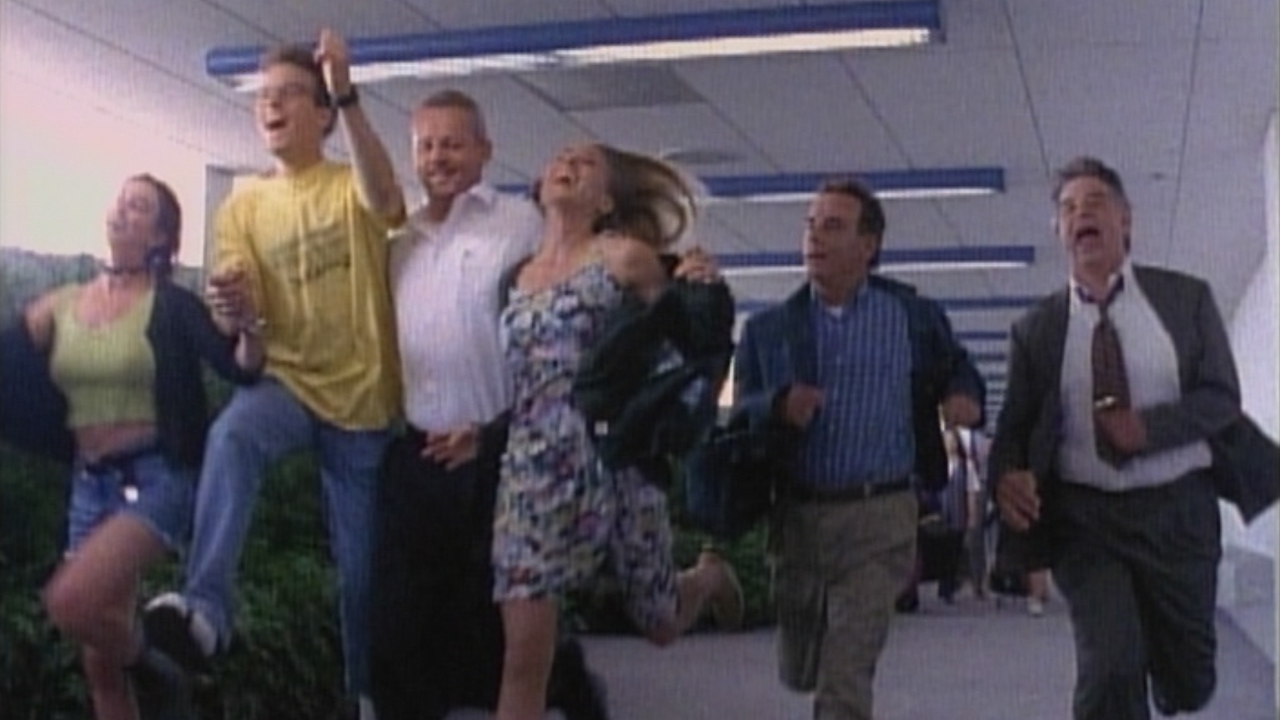
How To Watch Tom Holland’s The Langoliers
It’s likely because of the miniseries’ spectacularly awful CGI that The Langoliers has not yet been updated for the high definition era… and unfortunately that’s a reality that severely limits its availability online. As of this article’s publication, the only internet retailer that currently offers it digitally is Vudu, and it is only possible to purchase, not rent (that being said, it is extremely inexpensive). For those of you who are into physical media collection/are working on building the Ultimate Stephen King collection, a DVD was released domestically in 2013, and it can be easily found and bought for a low price.
As alluded to earlier, next week’s Adapting Stephen King is a weird one, as it marks the only time in the long legacy that consecutive projects were made by the same director. Moving to the year 1996, I’ll be taking a look at the history of Tom Holland’s Thinner, which premiered in theaters less than a year-and-a-half after the airing of The Langoliers on ABC. Look for the feature here on CinemaBlend come Wednesday, and click through the banners below to find all of the previous installments of this column.







Eric Eisenberg is the Assistant Managing Editor at CinemaBlend. After graduating Boston University and earning a bachelor’s degree in journalism, he took a part-time job as a staff writer for CinemaBlend, and after six months was offered the opportunity to move to Los Angeles and take on a newly created West Coast Editor position. Over a decade later, he's continuing to advance his interests and expertise. In addition to conducting filmmaker interviews and contributing to the news and feature content of the site, Eric also oversees the Movie Reviews section, writes the the weekend box office report (published Sundays), and is the site's resident Stephen King expert. He has two King-related columns.
